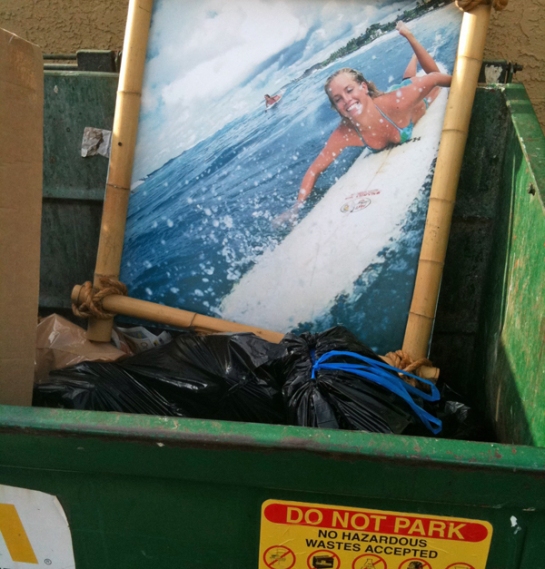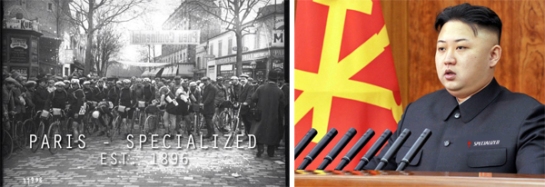By Tom Demerly.
I walked into my friend Mark’s house around 6:30 PM one evening. He lives about a block away. I was returning, in a small way, one of the many big favors he has done for me since I moved back to Michigan. What I saw was shocking. To me at least.
Mark and his wife were seated at a small, round table with a tablecloth. They each had plates, and cups. They were eating food with knives, forks and spoons. It was like the set of a 1950’s movie: a husband and wife having dinner around 6:30 PM, a new baby sound asleep in another room. It was positively… normal.
It struck me pretty hard: This is what that fleeting, ephemeral thing called “normal” looks like.
Like many people I didn’t have a “normal” family when I was a kid. I had a dad with mental problems, a single mom, and two sisters long gone for those reasons. My childhood was not bad. I didn’t have everything I wanted, I did have everything I needed. But my childhood was different from what I saw at Mark’s house that night.
My family was fractured. Fractured by distance, disapproval, loneliness, lack of communication, forgiveness and trust. In other words, we’re like most families. We have our problems. We have more skeletons than a medical school. One sister got married in Africa; I’ve got a niece in who lives in Japan. The only way we could keep our distance any better would involve NASA.
Two things that happened in the last decade caused me to revisit the value of family: I almost died and so did my 91-year old mom. As I type this she lays in Beaumont Hospital after two heart surgeries in three days.
When I moved back to Michigan my friends urged me to moderate the fractures in my family. It took time, but I did. It was frightening and humbling. It has also been rewarding and invigorating.
Peace efforts within a family are a lot like negotiating between warring factions in a third world country. Since I have a little exposure to the later, I used what I learned there.
Firstly, you approach it with ownership of your own mistakes and a lot of humility. Secondly, you do a lot of listening. You do what author Stephen Covey said, “Seek first to understand, then to be understood.” Thirdly, you bring some pretty thick skin.
A critical mindset is that you have to leave the past where it belongs- behind you. You talk a lot about how things could be. Should be. You replace blame with empathy; you replace the lesser past with the idea of a greater future. And you focus on the half of the glass that is full. And mostly, you forgive. Living in the previous world of family arguments, disconnects, betrayals, broken promises and let-downs cannot result in a constructive dialog. It doesn’t foster healing.
Not everyone will get it at first. Families are made of complex personalities and complex pasts. But the behaviors of listening, understanding and forgiving are as contagious as the ones that drive families apart.
Ultimately we decide which behaviors we want in our family by which ones we choose to live in our present. When we make that decision and live it, we get along better.
















